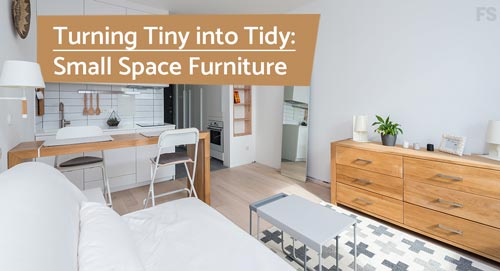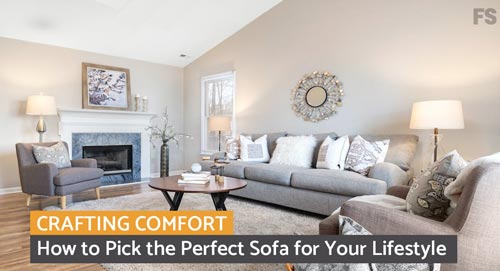Thrift Furniture 101: Tips for Furnishing on a Budget

Table of Contents
- What is Thrift Furniture?
- The Benefits of Buying Thrift Furniture
- Tips for Successfully Furnishing on a Budget with Thrift Furniture
- Conclusion
There are few households where budget isn't a concern when it comes to decorating and furnishing. However, that doesn't mean you need to compromise on style or comfort. Thrift stores, yard sales, and online marketplaces like Facebook Marketplace, Craigslist, or eBay can be gold mines for finding affordable, high-quality furniture. So, let's dive into the world of thrift furniture and learn how to successfully furnish your space on a budget.
What is Thrift Furniture?
Thrift furniture refers to items that are second-hand, usually bought from thrift stores, online marketplaces, garage sales, or auctions. They are often inexpensive, but can also be unique, vintage or antique items that bring personality and charm to your home.
The Benefits of Buying Thrift Furniture
There are several benefits to buying thrift furniture. Firstly, it's cost-effective. Second-hand furniture often comes at a fraction of the cost of new items. Secondly, it's environmentally friendly. By buying used furniture, you're recycling and reducing your carbon footprint. Finally, thrift pieces often come with a story or unique style that can add character to your home.
Tips for Successfully Furnishing on a Budget with Thrift Furniture
1. Have a plan
Before you start shopping, have a clear idea of what you need. Measure your space and know the dimensions of the furniture you require. Having a color scheme or style in mind can also help streamline your choices.
2. Be patient
Good quality thrift furniture often takes time to find. Be patient and don't feel pressured to buy something just because it's cheap. The perfect piece will come in time.
3. Check the condition
Always inspect the item before purchasing. Check for any damage, like cracks, chips or stains. Look at the construction of the piece. If it's sturdy and well-made, it's likely to last longer.
4. Be willing to look past surface level issues
Some furniture might not look appealing at first due to a dull finish or outdated upholstery. But with a little bit of TLC, these pieces can be rejuvenated. Look for the potential in pieces rather than their current state.
5. Don't forget about online marketplaces
Online platforms like eBay, Craigslist, and Facebook Marketplace are great places to find used furniture. They offer a wider range of selections and you can often negotiate the price.
6. Learn to haggle
Negotiation is key when shopping thrift. Don't be afraid to ask for a lower price, especially if the item has visible damage or if it's been in the store for a while.
7. Hire a professional when necessary
If you've found a piece with great potential but it needs a bit of work, you may want to hire a professional. Upholsterers and furniture restorers can do wonders with old furniture. Remember to factor this cost into your budget.
Conclusion
Furnishing your home doesn't have to break the bank. With patience, a keen eye for potential, and some negotiation skills, you can find unique, high-quality pieces that fit your budget and style. Remember - the goal isn't just to fill your space with furniture, but to create a comfortable, welcoming home that reflects your personality. Happy thrifting!


